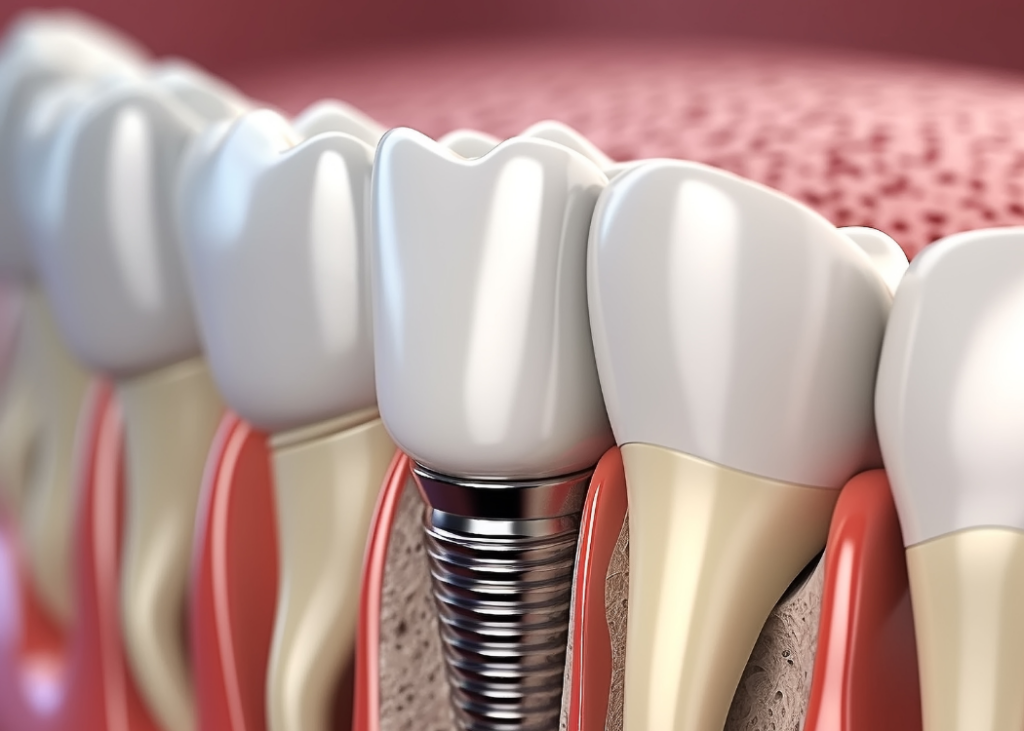Dental Bone Grafting
Dental bone grafting involves transplanting bone tissue to repair or rebuild bones that are missing. This procedure is commonly used to support dental implants by creating bone and supporting tissue.
Dental Bone Grafting in Baltimore, MD
Dental bone grafting becomes necessary when there is a lack of natural bone in the mouth to support dental implants. This deficiency can be caused by:
- developmental defects
- gum disease
- facial injury or trauma
- empty space after teeth are removed
There are various types of dental bone grafts, and the best solution depends on the extent of damage that needs to be repaired and the location of the missing tooth. Dental bone grafts are considered a standard, safe procedure that provides a long-term solution for individuals who have lost teeth due to periodontal disease, injury, or any other type of dental or mouth infection.

-
How painful are dental bone grafts?
Dental bone grafts usually involve little to no pain during the surgery thanks to local anesthesia, which numbs the area.
After the procedure, you may experience some mild discomfort or pain, which can usually be managed with medication. The level of discomfort varies from person to person and depends on the size and location of the graft.
Following your dentist’s aftercare instructions is crucial for a smooth recovery and minimizing discomfort.
-
Are you put to sleep for a dental bone graft?
The need for anesthesia during a dental bone graft procedure depends on the patient’s specific needs and the complexity of the surgery.
Normally, local anesthesia is used to numb the area without putting the patient to sleep. However, for those who have dental anxiety or for more complex surgeries, other forms of sedation, such as IV sedation or conscious sedation, might be used. These methods allow the patient to be awake but in a relaxed or partially conscious state.
General anesthesia, which puts the patient to sleep, is not commonly used and is usually reserved for more complex surgical cases. It’s important to communicate with your dental professional about your comfort level and any anxieties you might have regarding the procedure so they can choose the most appropriate form of anesthesia for you.
-
How does a bone graft work?
A dental bone graft is a procedure that involves adding bone tissue to areas of the jaw that have experienced bone loss. This helps in creating a strong base for future dental restorations like implants. The graft material can be taken from the patient’s body, a donor, an animal, or synthetic, and act as a scaffold. With time, this scaffold stimulates the body to regenerate its own bone around the graft.
The newly grown bone strengthens the jaw and provides support for dental implants or other restorative procedures.
This process is crucial for individuals who have experienced bone loss due to periodontal disease, injury, or tooth loss and are seeking to regain their dental health and functionality.
More Questions?
If you have more questions about dental bone grafting, please contact our office and we will be happy to discuss further.
